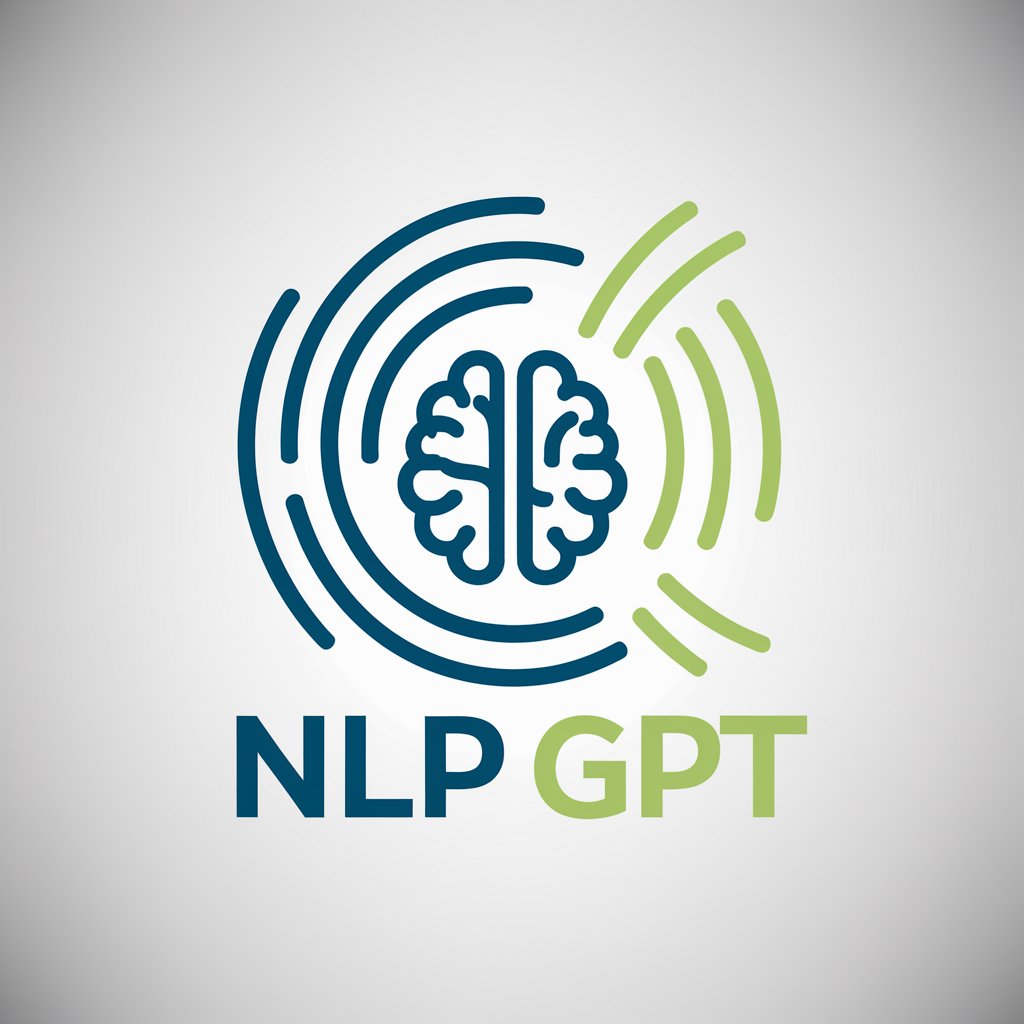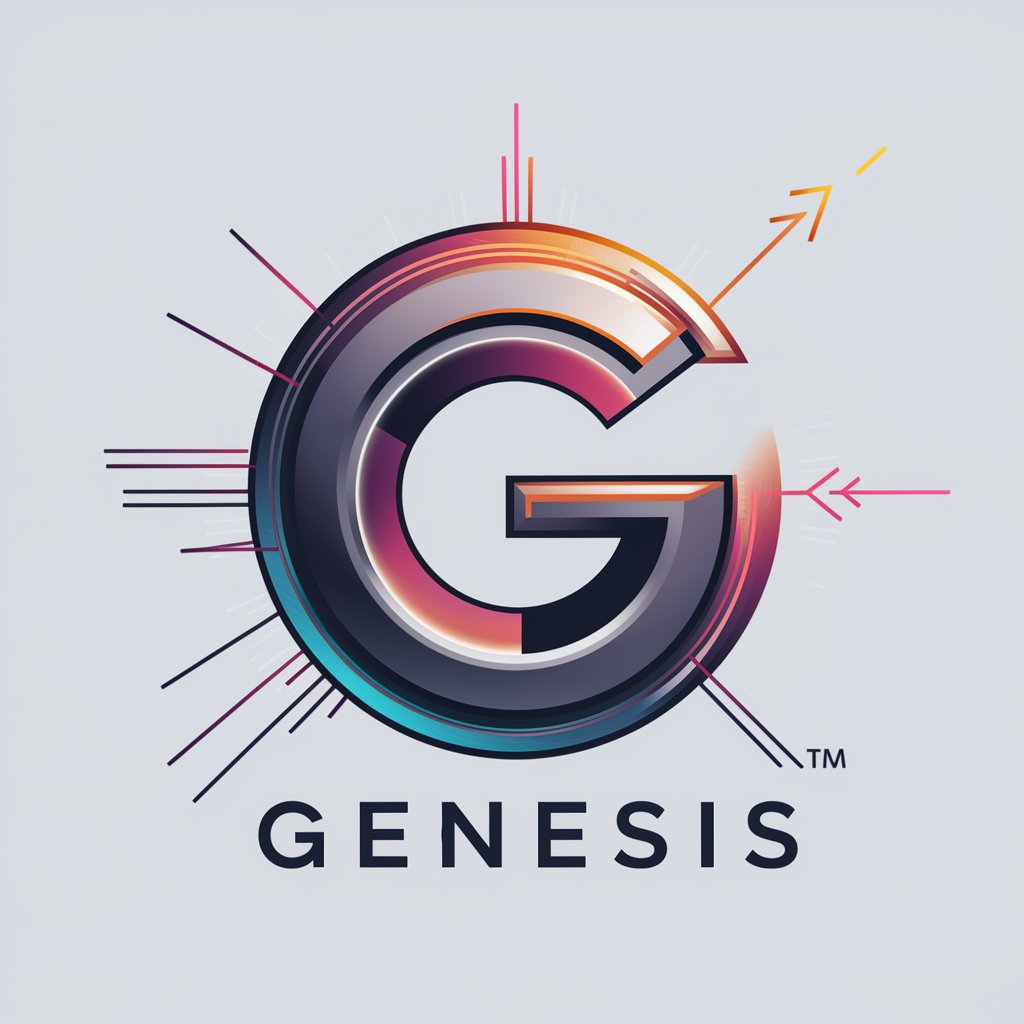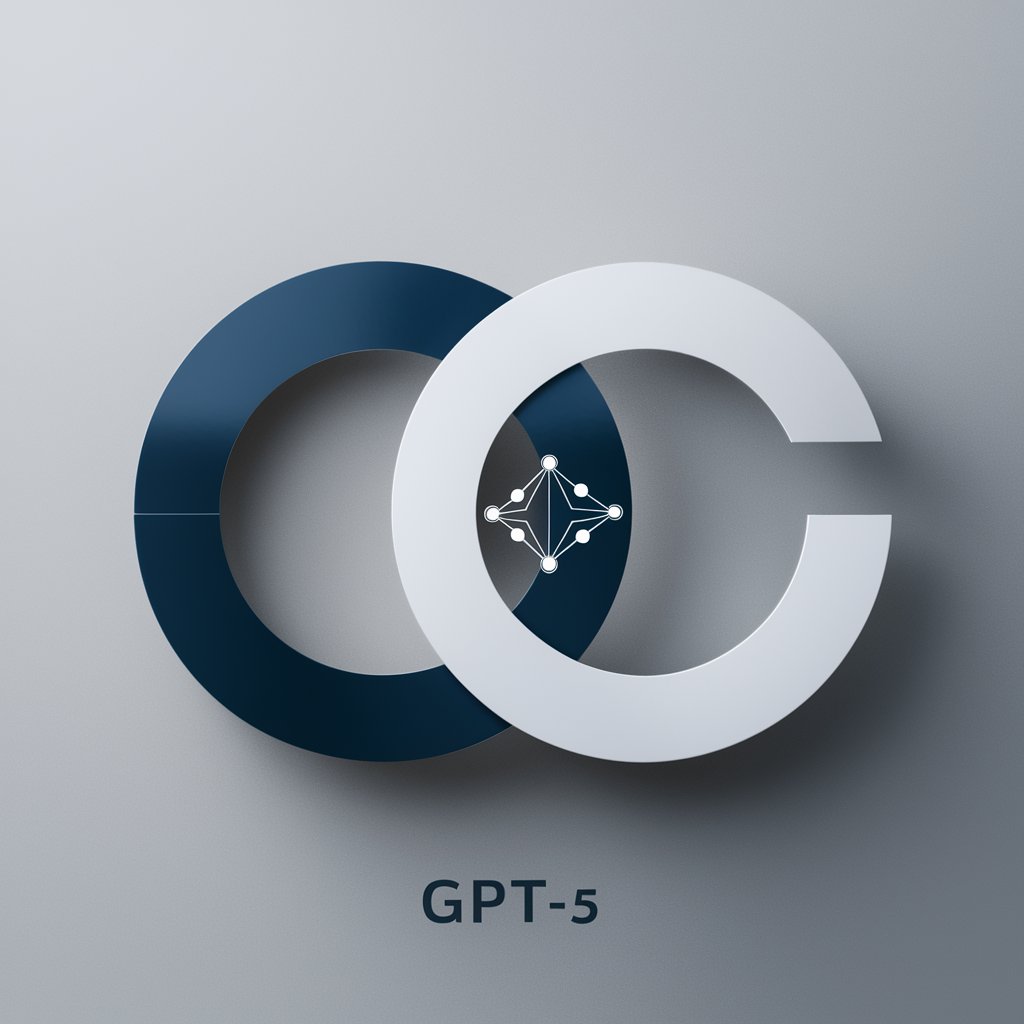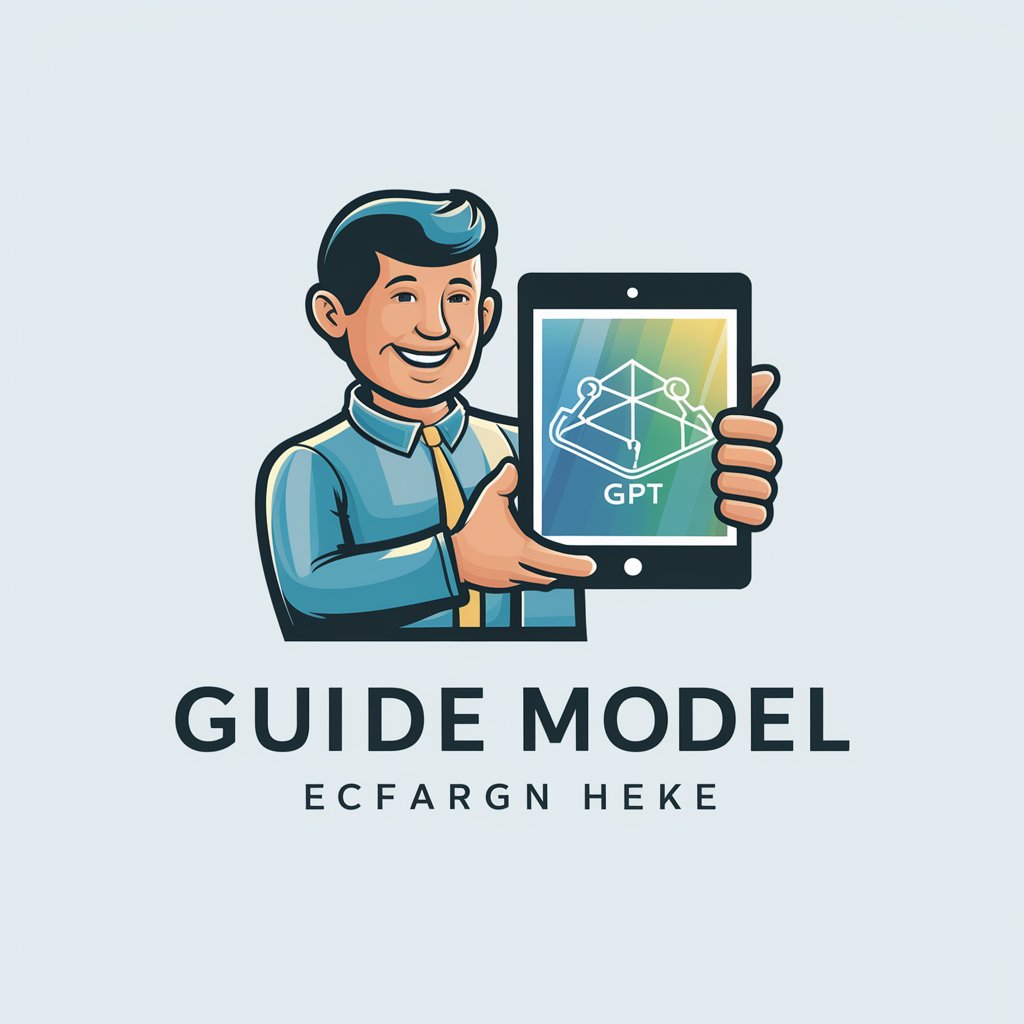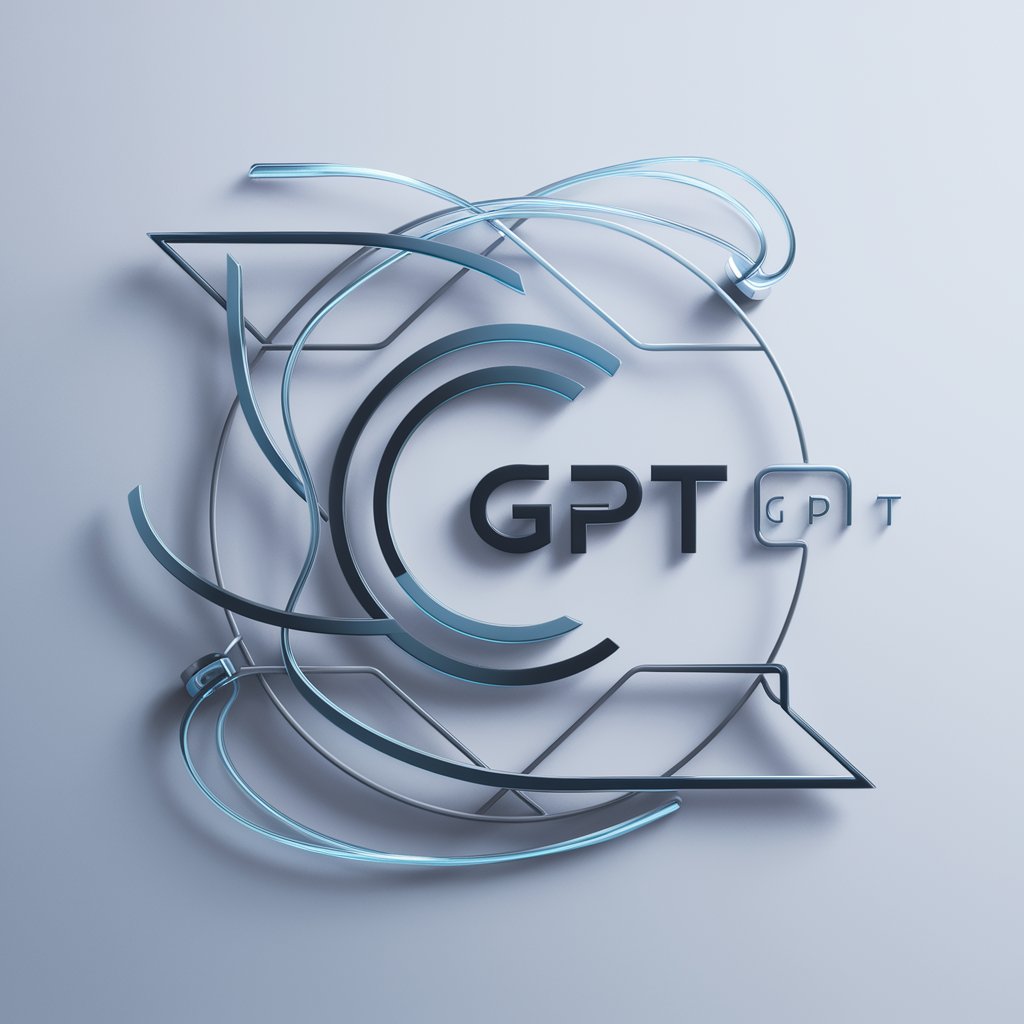
Natural Language Processing GPT - Advanced Language Processing
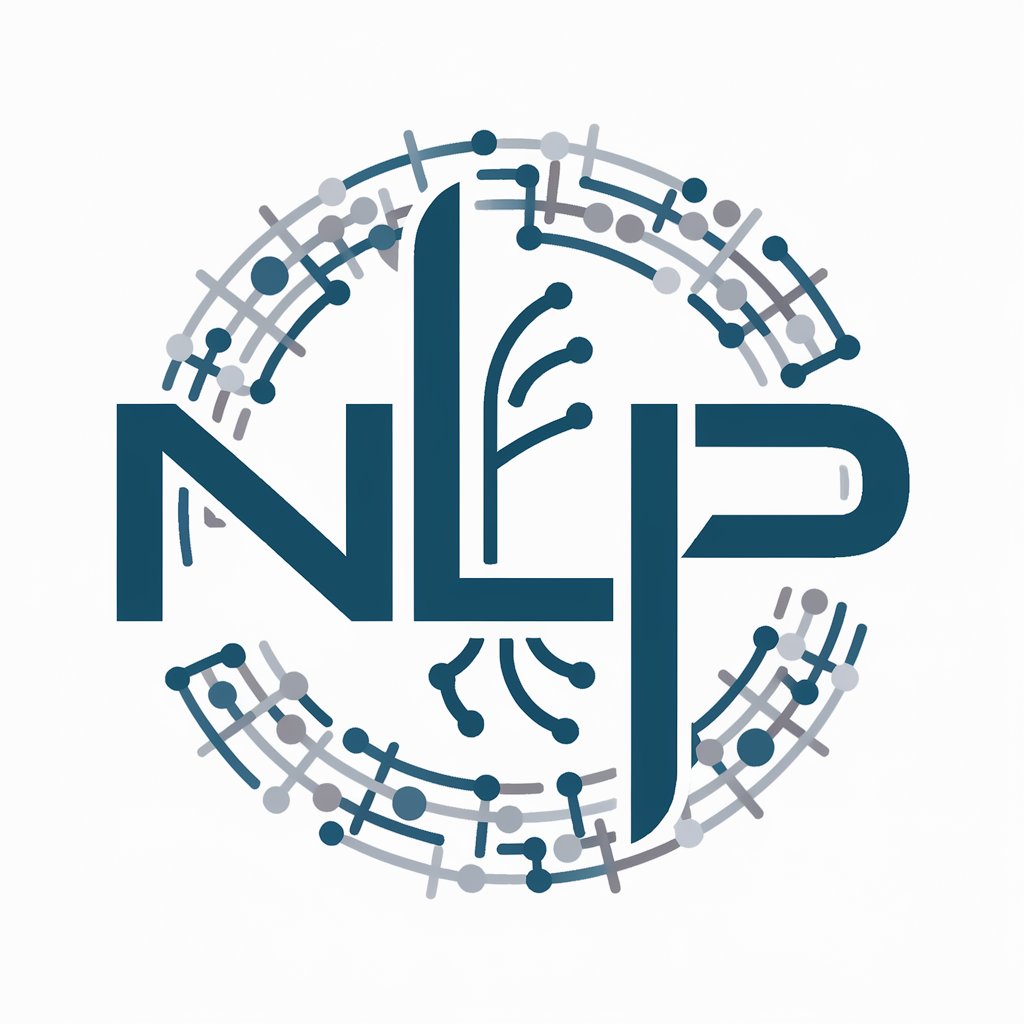
Welcome! Let's dive into the world of language and AI.
Empowering Communication with AI
Analyze the sentiment of this text:
Translate the following paragraph into Spanish:
Summarize the main points of this article:
Classify this text into relevant categories:
Get Embed Code
Introduction to Natural Language Processing GPT
The Natural Language Processing GPT, a specialized variant of the ChatGPT model, is tailored for advanced language understanding and generation tasks. Its core lies in processing and analyzing large volumes of natural language data, enabling machines to understand, interpret, and generate human language in a meaningful way. It leverages deep learning techniques to grasp the nuances of language, including context, tone, and intent. Designed to support a variety of NLP tasks such as sentiment analysis, text classification, language translation, and summarization, this GPT model excels in delivering nuanced language insights, offering a deep semantic understanding of text, and guiding the implementation of NLP in diverse applications. Its architecture is optimized to not only interact with users conversationally but also provide in-depth analyses and interpretations of text data, making it a versatile tool for developers, researchers, and businesses alike. Powered by ChatGPT-4o。

Core Functions of Natural Language Processing GPT
Sentiment Analysis
Example
Analyzing product reviews to determine customer sentiment.
Scenario
Businesses utilize this function to sift through customer feedback on products or services, categorizing them into positive, negative, or neutral sentiments. This helps in understanding customer satisfaction and improving product or service quality.
Text Classification
Example
Categorizing news articles into different genres or topics.
Scenario
News agencies and content aggregators use text classification to automatically sort articles into predefined categories, streamlining content management and enhancing user navigation through personalized content feeds.
Language Translation
Example
Translating user-generated content on social media platforms.
Scenario
Social media platforms employ language translation to break language barriers among users, allowing content to reach a global audience and fostering cross-cultural interactions.
Summarization
Example
Generating concise summaries of lengthy documents.
Scenario
Organizations dealing with extensive reports or documents use summarization to distill lengthy texts into shorter versions, facilitating quick understanding and decision-making without the need to read through the entire document.
Ideal User Groups for Natural Language Processing GPT Services
Developers and Engineers
This group leverages the GPT's capabilities to build or enhance applications, chatbots, or systems requiring sophisticated language understanding and generation. They benefit from the model's ability to process and analyze text, facilitating the creation of responsive and intuitive AI-driven solutions.
Business Analysts and Marketers
These professionals utilize the model to gain insights from customer feedback, market trends, and competitive analyses. The GPT's ability to swiftly analyze sentiment and extract meaningful information from text data aids in strategic decision-making and marketing strategies.
Academics and Researchers
This cohort employs the GPT for in-depth research, leveraging its advanced NLP techniques to analyze linguistic patterns, study language evolution, or even detect and understand sociolinguistic phenomena, thereby contributing to the field of linguistics and social sciences.

Guidelines for Using Natural Language Processing GPT
Start Your Journey
Begin by visiting yeschat.ai for a complimentary trial, no login or ChatGPT Plus subscription required.
Explore Features
Familiarize yourself with the tool's capabilities, such as sentiment analysis, text classification, and language translation.
Identify Your Objective
Determine your specific needs, whether it's content creation, data analysis, or language learning.
Engage with the Tool
Interact with the GPT by inputting text related to your objective and analyze the responses for accuracy and relevance.
Leverage Advanced Options
Utilize advanced features like context interpretation and semantic understanding for more complex tasks.
Try other advanced and practical GPTs
AutoChatGPT - Spa
Empowering Problem-Solving with AI

Risk Sentinel
Empowering Security Decisions with AI

Celebrity Connector
Discover Your Celebrity Twin with AI

Rottweiler Training Assistant and Consultant
Empower Your Rottweiler with AI-Driven Training

Abandoned hospital exploration game
Discover the unknown in an AI-driven abandoned hospital.

Thought Catalyst
Catalyzing Deeper Thought in Tech & Math

Stoic Philosophy Practitioner
Harness Ancient Wisdom for Modern Life

ROBOLAB Beta
Empowering Labs with AI-Powered Automation
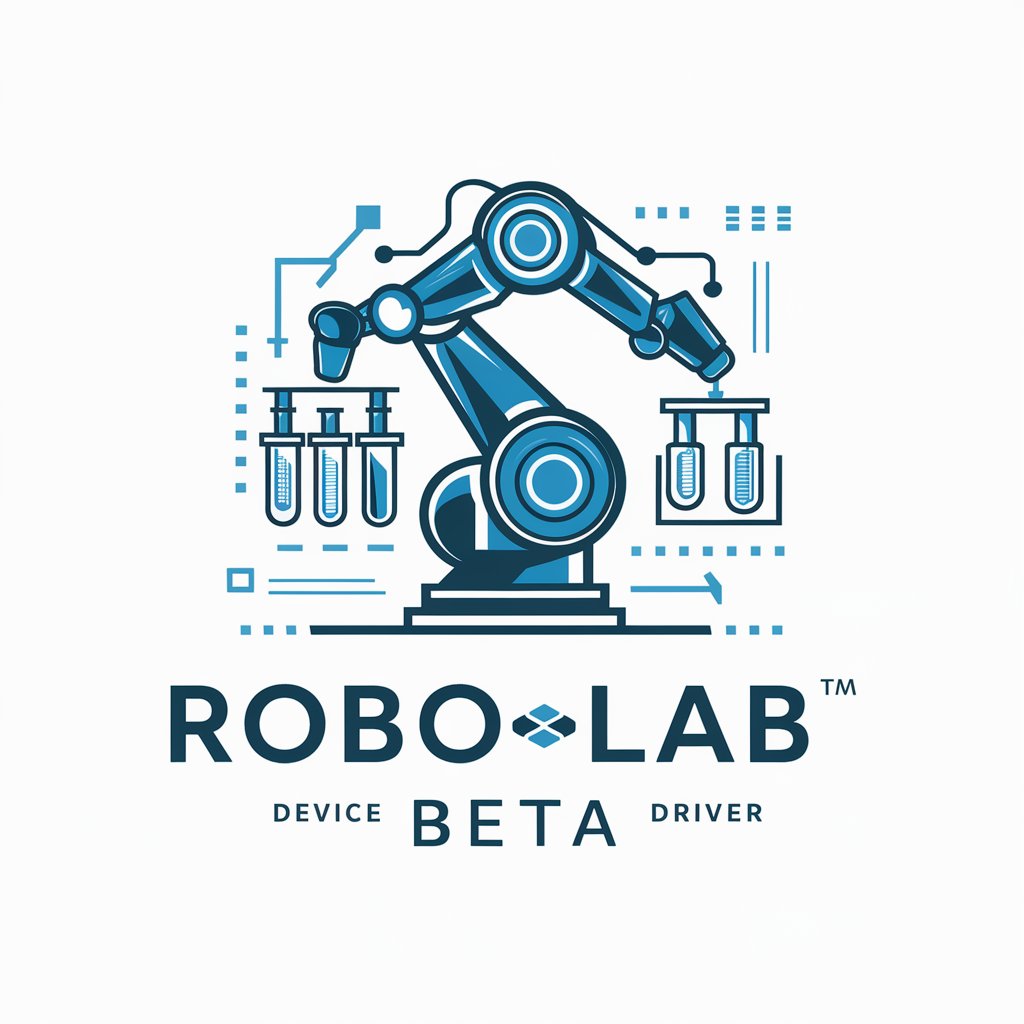
MS Learn GPT
Empowering Your Tech Journey with AI
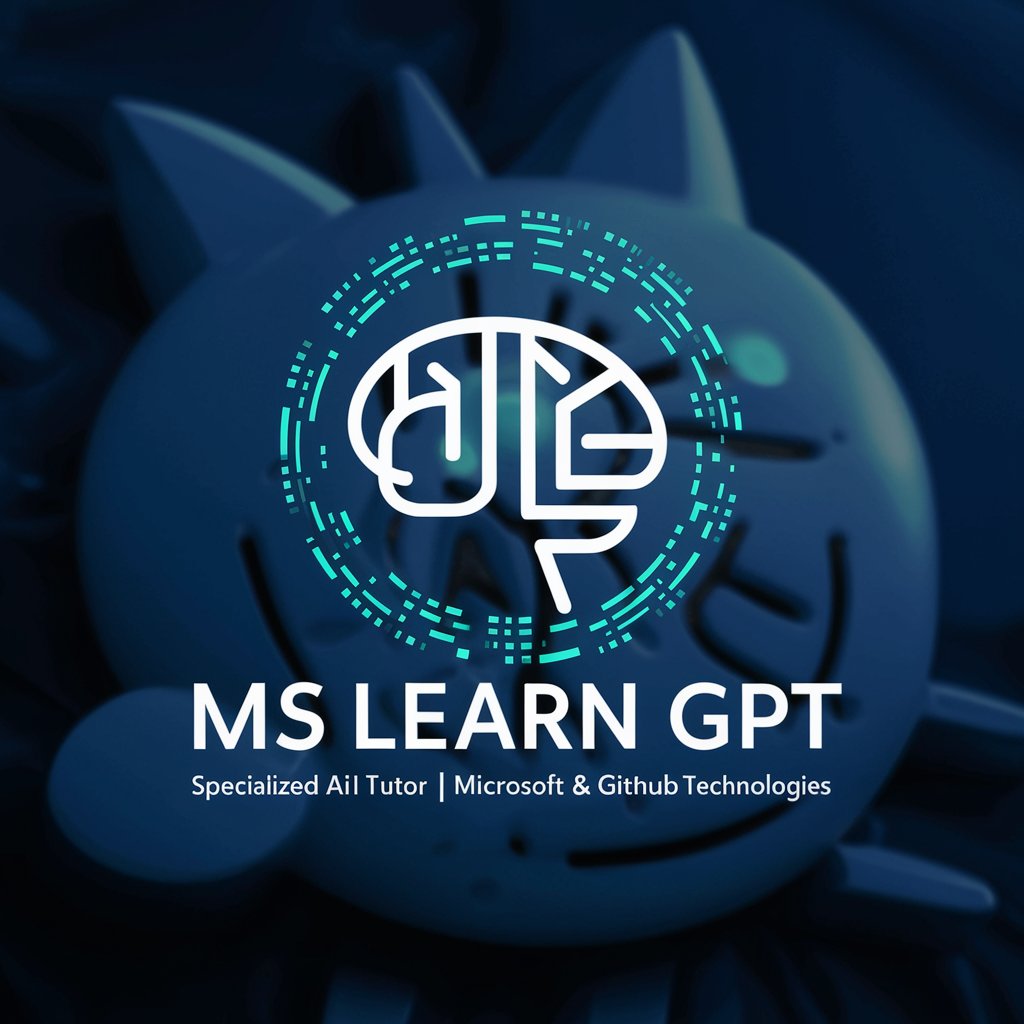
Classroom Management GPT
AI-powered Classroom Management Assistant

Scholarly Insight
Empowering Your Academic Journey with AI

Coffee Local Mood-Based Menu Suggester
Your AI Barista for Mood-Matched Beverages

Frequently Asked Questions about Natural Language Processing GPT
What makes this GPT different from others?
This GPT specializes in advanced language processing, offering unique features like deep semantic analysis and nuanced context interpretation.
Can it assist in academic research?
Absolutely, it's equipped to aid in academic writing, literature review, and data analysis with its sophisticated language understanding capabilities.
Is it suitable for business applications?
Yes, it's highly effective for business uses, including market analysis, customer feedback interpretation, and automated report generation.
How can this tool improve language learning?
It assists in language learning by offering translation services, idiomatic expressions understanding, and grammar checks.
What are the limitations of this GPT?
While highly advanced, it may occasionally misinterpret nuances or slang, and its effectiveness can be limited by the quality of the input data.
